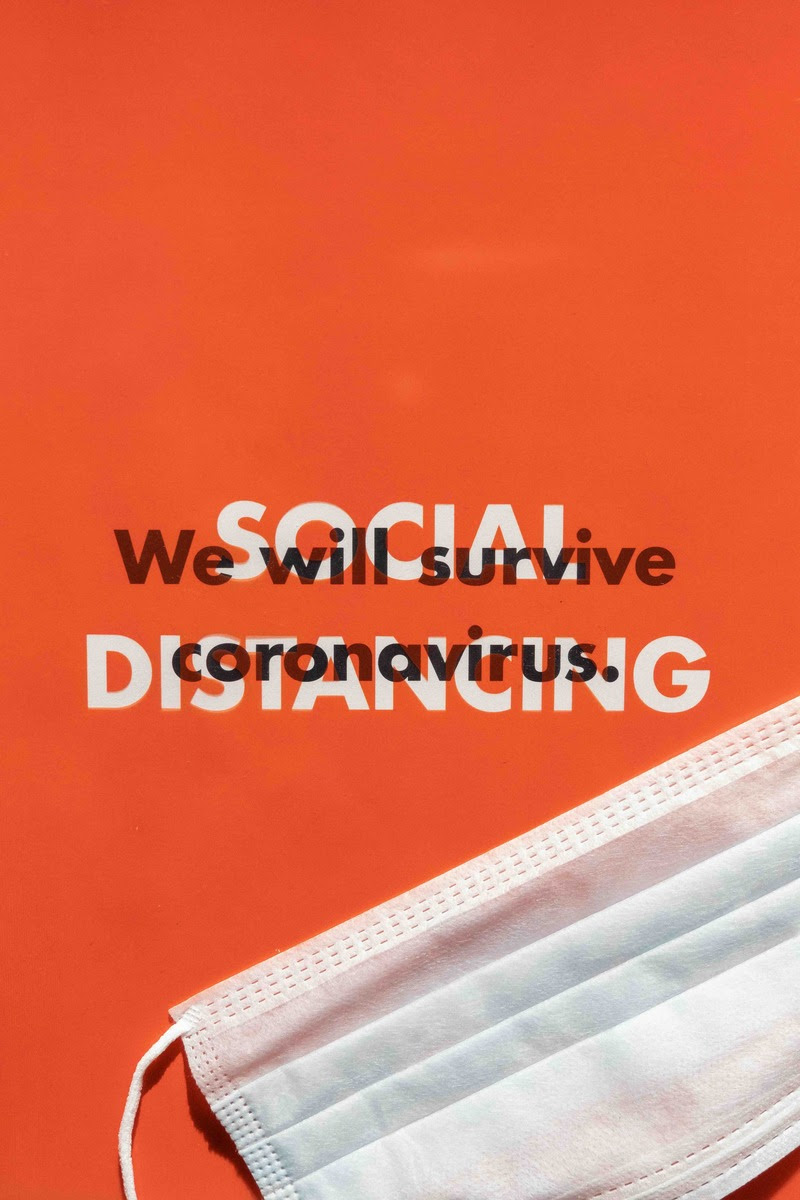
We’ve heard the phrase so many times during the pandemic, but what does it actually mean and how can you enforce social distancing?
Individuals in England are now allowed to meet with one other person from outside their household if they stay outdoors. They will also be able to take part in more outdoor activities and exercise as much as they want.
However, people will still need to follow social distancing guidance by keeping more than 2m (6ft) apart from anyone they don't live with. Easier said than done, right?
Social distancing measures are steps you can take to reduce social interaction between people. This will help reduce the transmission of coronavirus.
These are the key social distancing measures:
Everyone should be trying to follow these measures as much as is practical. We know it’s not always easy and you’re just as reliant on other people adhering to the measures as you are, but do all you can to help stop the spread of the virus.
The scientific and government advice if for you to follow the above measures as much as you can and to significantly limit your face-to-face interaction with friends and family if possible, particularly if you:
This advice is likely to be in place for some weeks. Stay tuned to the news channels for updates.
Why is social distancing necessary?
Social distancing is important because coronavirus spreads when an infected person coughs small droplets - packed with the virus - into the air.
These can be breathed in, or can cause an infection if you touch a surface they have landed on, and then touch your face with unwashed hands.
Social distancing is an essential way to slow down the spread of COVID-19. It's important that you follow the social distancing recommendations in your community, whether you're in one of the high-risk groups or not.
Q: What is social distancing?
A: Social distancing is the practice of purposefully reducing close contact between people. According to professional bodies, social distancing means:
Q: Why is social distancing important?
A: Social distancing is crucial for preventing the spread of coronavirus. The virus can spread through coughing, sneezing and close contact, so by minimizing the amount of contact we have with others, we reduce our chances of catching the virus and spreading it within our community.
Q: Who is social distancing important for?
A: Social distancing is important for all of us, but those of us who are at higher risk of serious complications caused by corona virus should be especially cautious about social distancing.
Q: What is “flattening the curve”? What does it have to do with social distancing?
A: “Flattening the curve” refers to reducing the number of people who are sick at one time. We’ve all seen the government charts during their press briefings and this was prominent in the early days as flattering the curve was a measure referred to If there were high surges in the number of COVID-19 cases all at once, health care systems and resources could have potentially become overwhelmed.
Efforts that help stop COVID-19 from spreading rapidly – like social distancing – help keep the number of people who are sick at one time as low as possible.
Q: When should I start practicing social distancing?
A: The best time to begin social distancing is before an illness like COVID-19 becomes widespread throughout your community. Each community’s situation is unique, so it is important to follow the guidance of local government, health departments and health care providers.
Because COVID-19 spreads from person to person, reducing the ways people come in close contact with each other is essential. Social distancing means staying home as much as possible and avoiding crowded, public places where close contact with others is likely.
This is why stay at home orders are in place in so many communities, canceling events and gatherings of more than 10 people and closing shops, restaurants and bars - although the message has recently moved to the more ambiguous ‘stay alert’ from the government. It’s also why many schools have moved to online learning. For essential trips like grocery shopping, the CDC recommends wearing a cloth face coveringand staying at least 6 feet away from others.
If you have any questions or concerns connected to COVID-19, then please don’t hesitate to contact us.
Please share this blog if you think it might help others.
The Coda Pharmacy Team